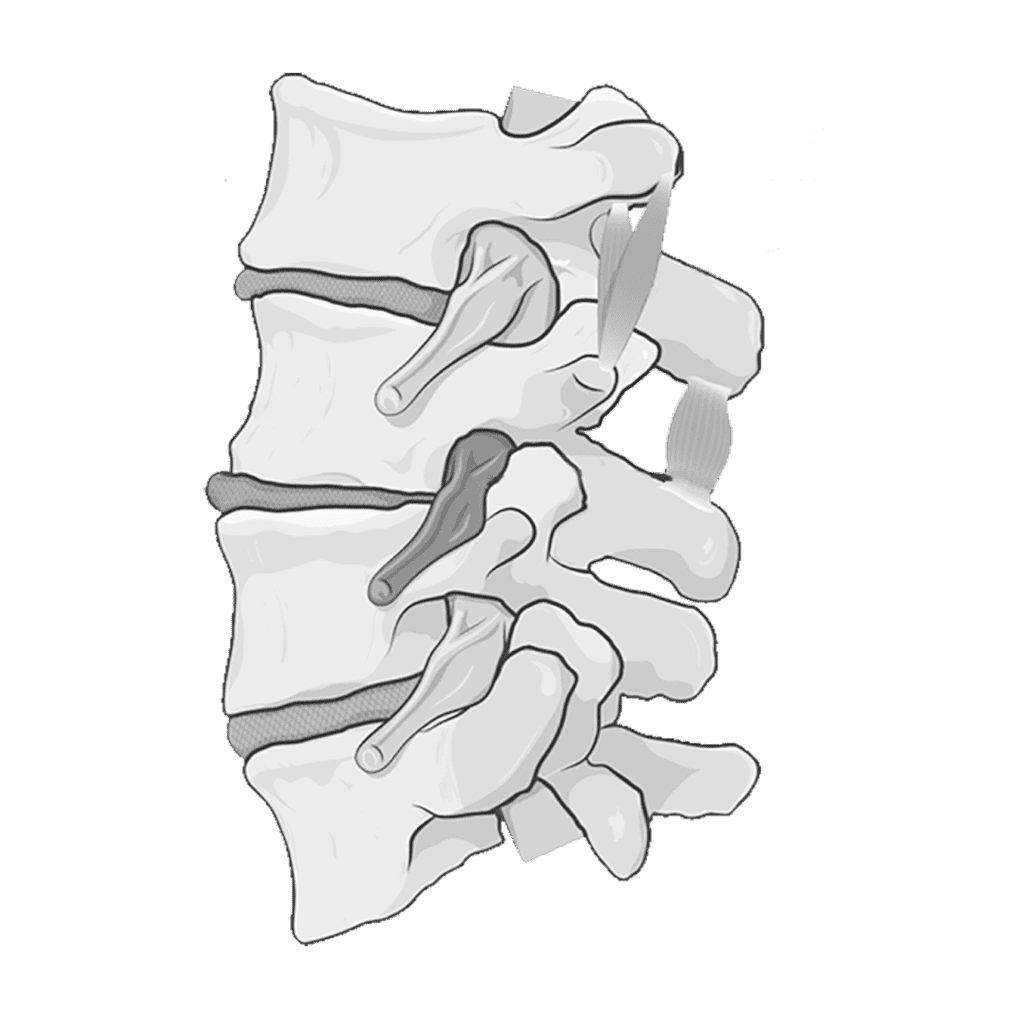What is Chiropractic?
The Key to Discovering Your Healing Potential
It acts holistically, removing interference from the body and reconnecting it to its incredible healing and performance potential.
“90% of the stimulus and nutrition to the brain is generated by the movement of the spine.”
Dr. Roger Sperry – Nobel Prize in Physiology (1981)

The associated symptoms are:
- Cervical pain
- Headaches, migraine
- Insomnia
- Fatigue
- Bruxism
- Vertigo
- Carpal tunnel syndrome
- Shoulder conditions
The associated symptoms are:
- Gastric reflux
- Digestive problems
- Recurrent colds
- Respiratory conditions
- Cardiovascular conditions
The associated symptoms are:
- Low back pain
- Sciatica
- Knee conditions
- Recurrent ankle sprains
- Constipation
- Irritable bowel
The associated symptoms are:
- Menstrual pain or dysfunction
- Fertility difficulty
- Cystitis
- Trochanteritis
- Sacral and hip conditions
CHIROPRACTIC AND THE NERVOUS SYSTEM
The nervous system is the first system of the body to develop, coordinating every organ, muscle, gland and cell so that each can function in perfect harmony. The brain constantly receives information from the external and internal world, and thanks to the functioning of the nervous system, it can respond appropriately to the needs of the moment by sending information back to the body. This process leads to a constant optimal adaptation of the body, commonly called health.
The Central Nervous System (CNS) comprising the brain and spinal cord is the only organ in the body that is completely protected by a layer of bone: the skull (protecting the brain) and the spinal column (protecting the spinal cord).
We can imagine the spinal cord as the highway that transports all the information from the body to the brain and vice versa, being an essential element for the correct functioning of the nervous system.
WHY THE NERVOUS SYSTEM NEEDS CHIROPRACTIC
Chiropractors are the only professionals trained to analyze, detect and correct vertebral subluxations through specific, safe and painless manual adjustments. The biggest problem that prevents your body from doing a good job is the lack of communication between your body and your brain due to subluxations.
With chiropractic adjustments we reconnect the brain and the body by increasing its adaptive capacity which allows it to function the way it was designed to.
SUBLUXATIONS AND CHIROPRACTIC
Our body constantly adapts to various types of stress on a daily basis to keep us in an optimal state.
There are 3 main types of stress in which we are confronted:
When the amount of stress exceeds the body’s capacity to adapt, in order not to burn the whole organism, one or more vertebrae subluxate, as if a fuse were blowing.
Vertebral subluxation is the displacement of one or more vertebrae from their natural position, carrying altered information or reducing the communication flow of nerves. It is a very correct survival maneuver to stay alive, but not ideal to live in well-being.
In the vast majority of cases, subluxations are painless and do not present discomfort or symptoms in themselves, but their implication on the nervous system and health is crucial.

Muscle dysfunction
Vascular dysfunction
Soft tissue dysfunction
Nerve dysfunction
THE BENEFITS OF CHIROPRACTIC

SCIENTIFIC EVIDENCE OF CHIROPRACTIC
There are many false beliefs about chiropractic but... what does the science say?
The average decrease in reaction time for the experimental group was 98ms, a 14.9% improvement, while the average decrease in reaction time for the control group was 58ms, an 8.0 improvement. The results of this study demonstrate significant improvement in a complex time-reaction task after upper cervical adjustment.
"The effect of an upper cervical chiropractic adjustment on immune system CD4 cell count in HIV-positive individuals was measured by CD4/mm3 in the blood. A 48% increase in CD4 cells was demonstrated over the six-month duration of the study in the adjusted group compared to a 7.96% reduction in the control group."
"Analysis of hand strength data reveals a statistically significant increase in strength within the treatment group after the first intervention (6.95% right, 12.61% left) compared to the second (11.53% right, 17.02% left) and third intervention (10.53% right, 16.81% left)."
"Patients with neck pain who received chiropractic adjustments to the cervical and upper dorsal spine experienced a significant reduction"<.001 en="" la="" discapacidad="" y="" dolor="" comparado="" al="" grupo="" control="" respectivamente="">
As a result of chiropractic adjustments it has been demonstrated ...
Increased strength
Reduction of physical pain
Improved reaction times
Increase CD4 cells Immune System
Are you wondering if chiropractic is for you?
If you have doubts about chiropractic...
START YOUR WELL-BEING JOURNEY
Take the first step to free yourself from pain and optimize your performance. Our team is ready to help you.
